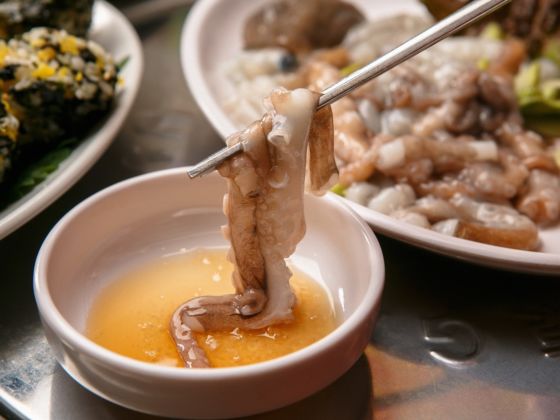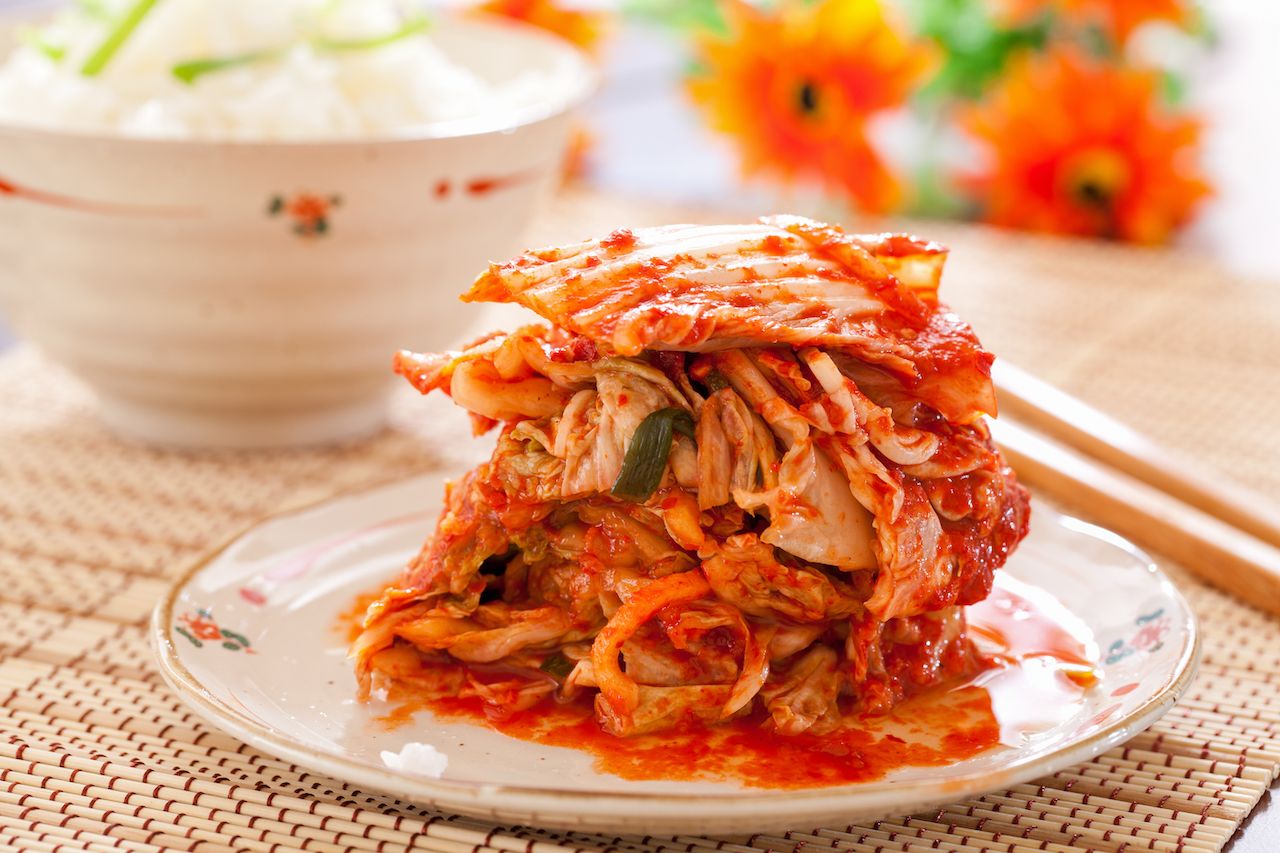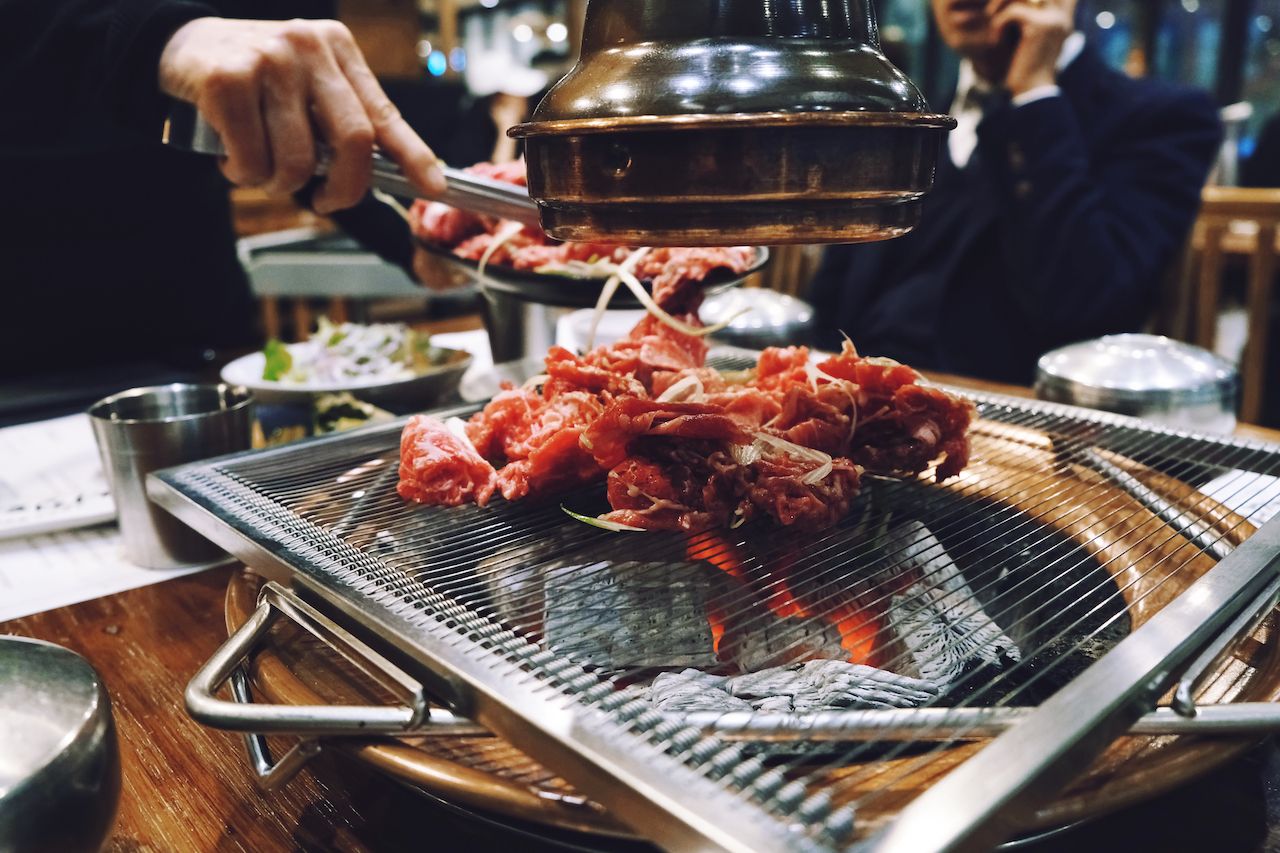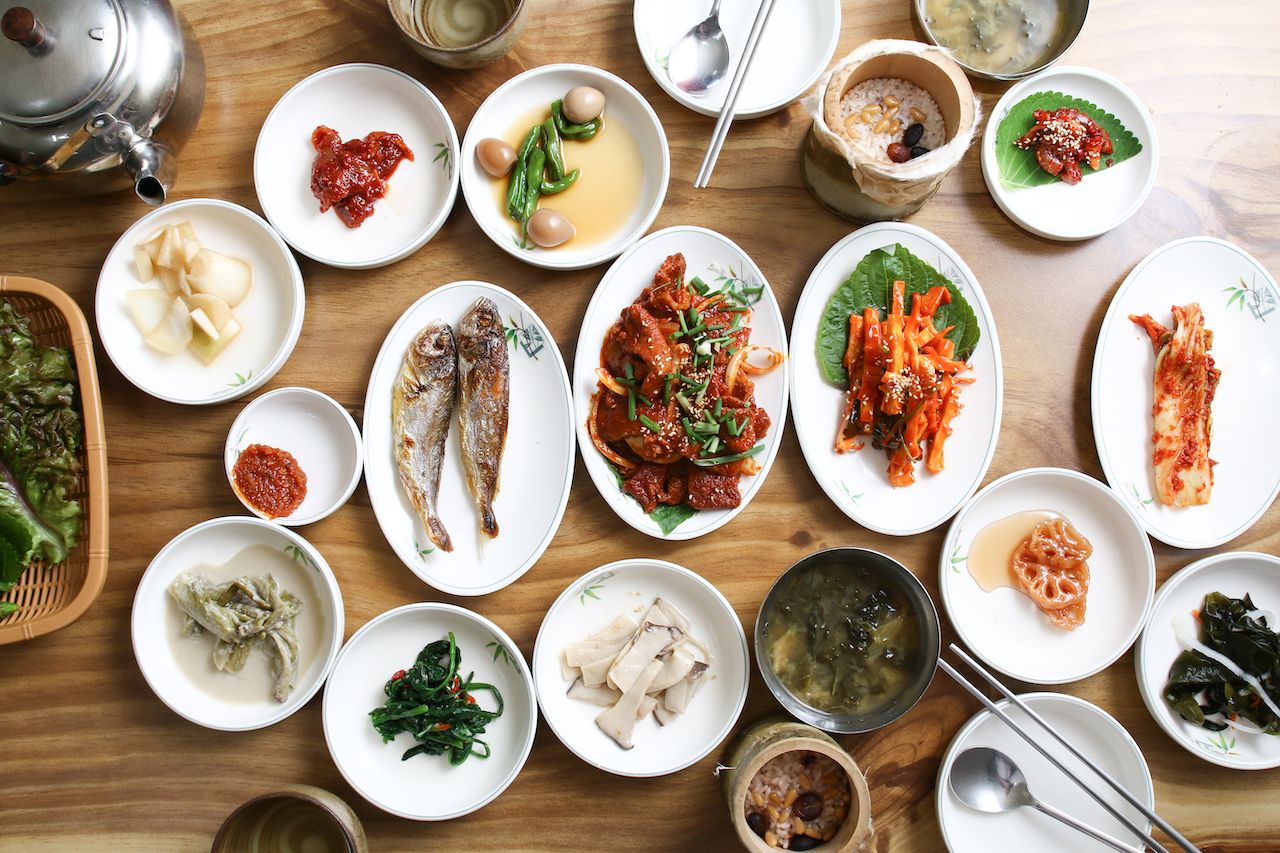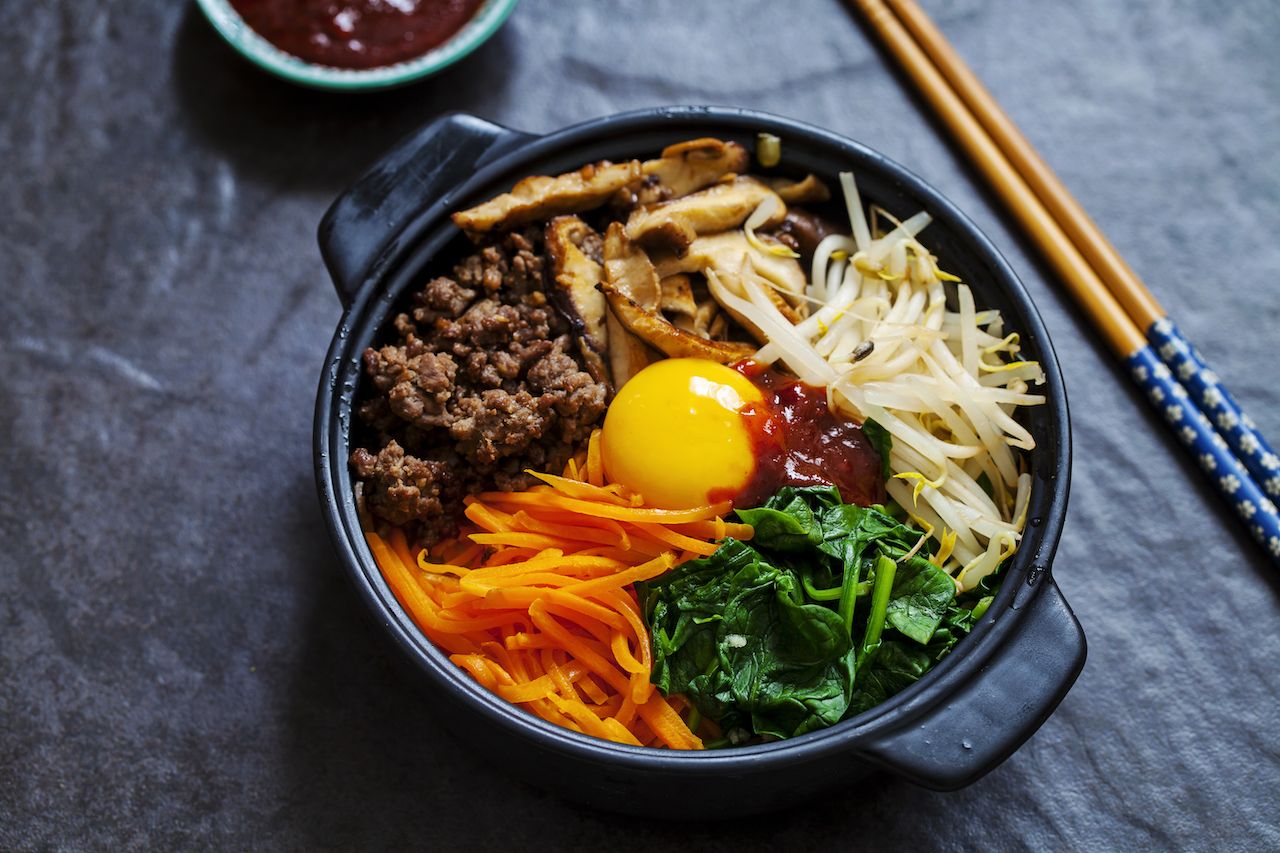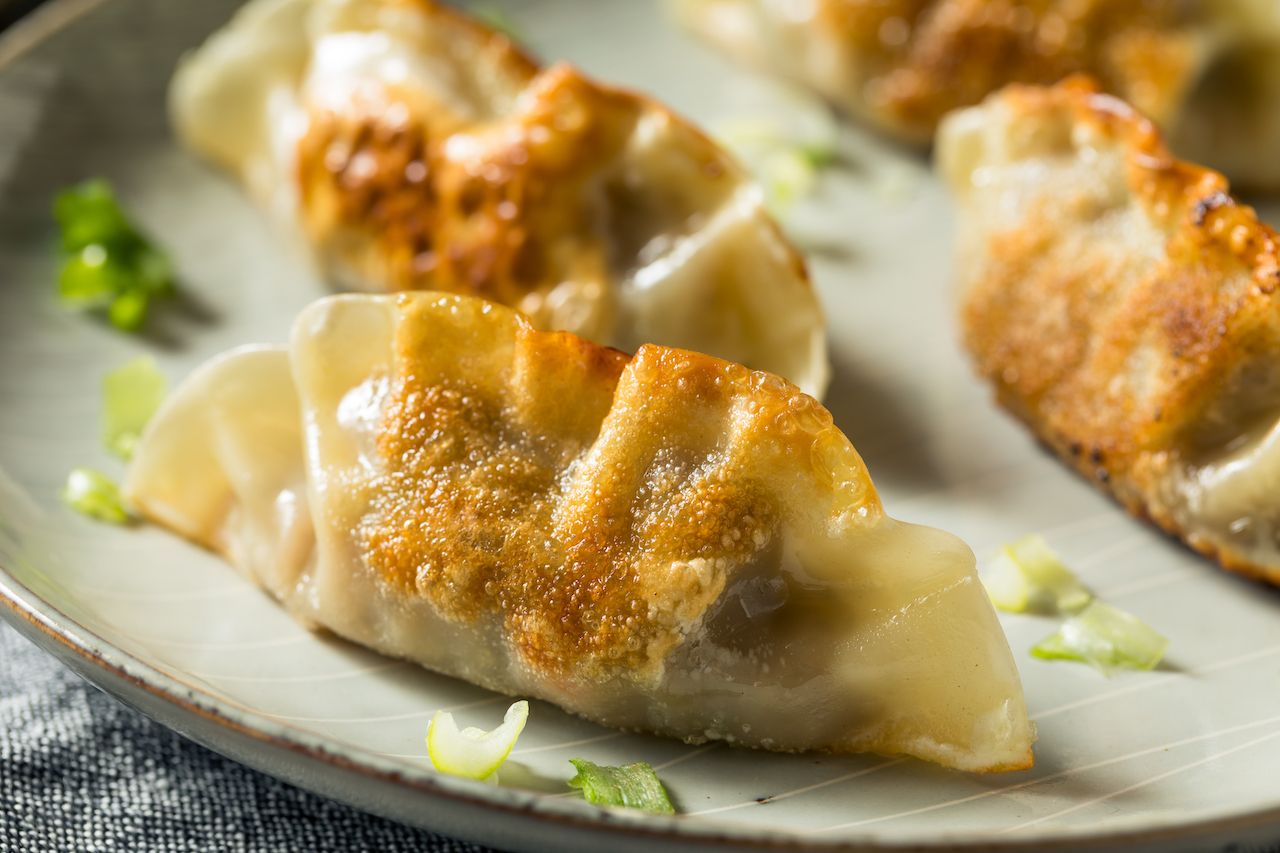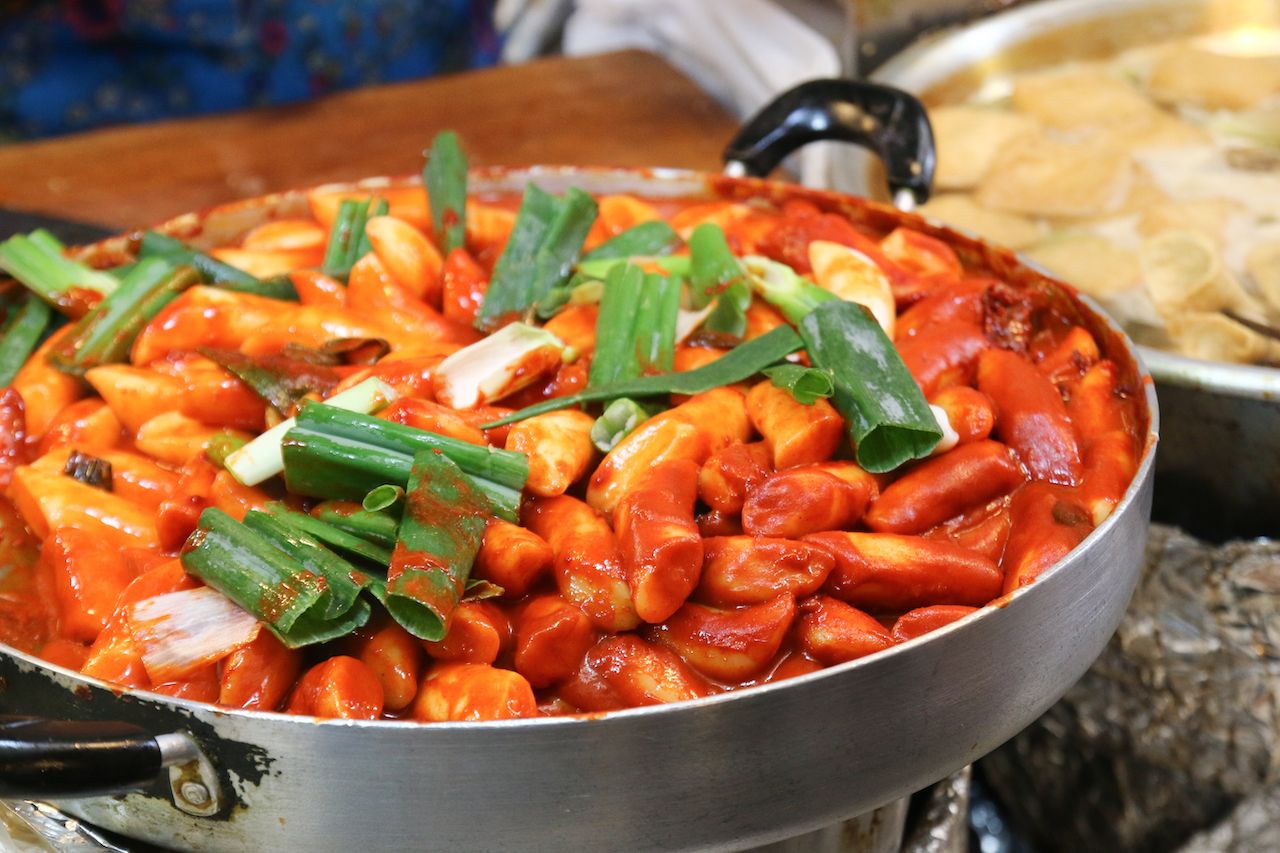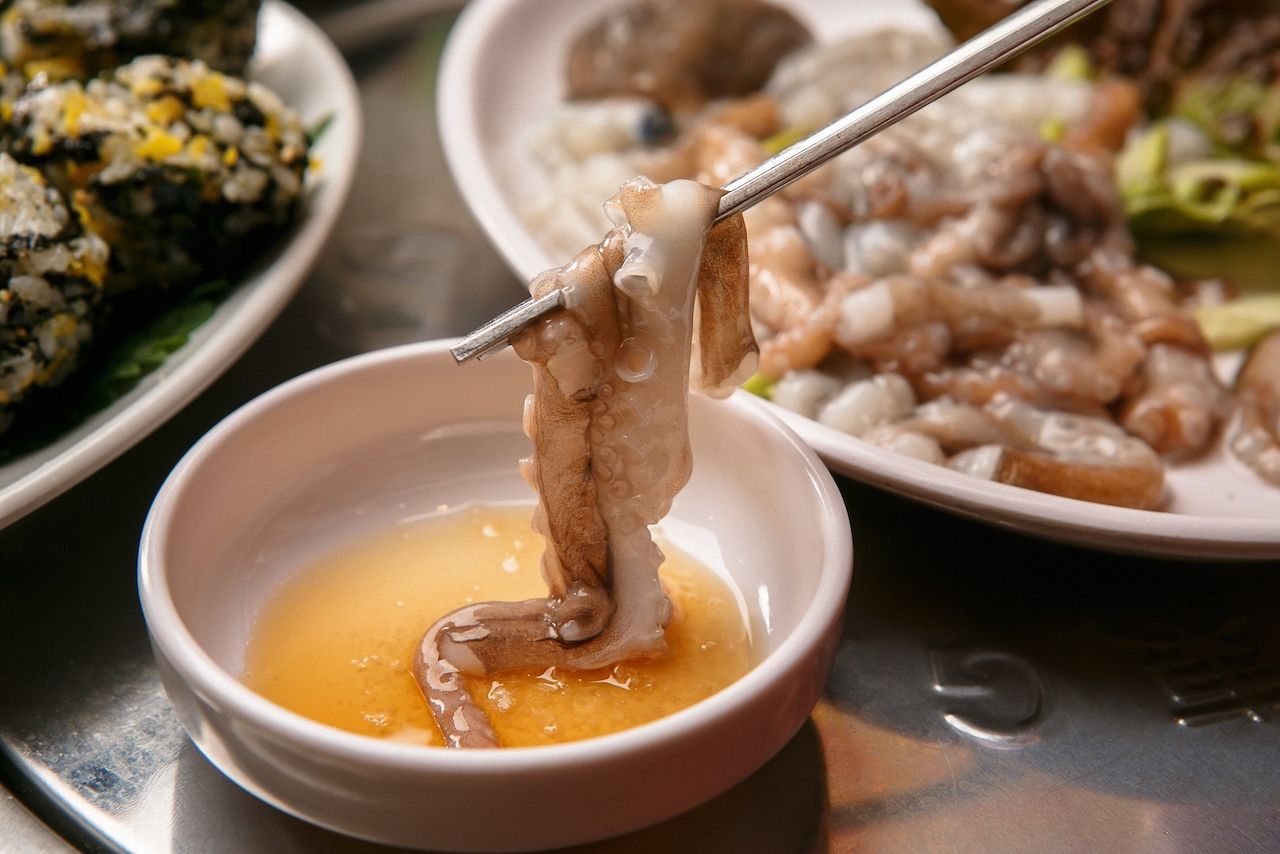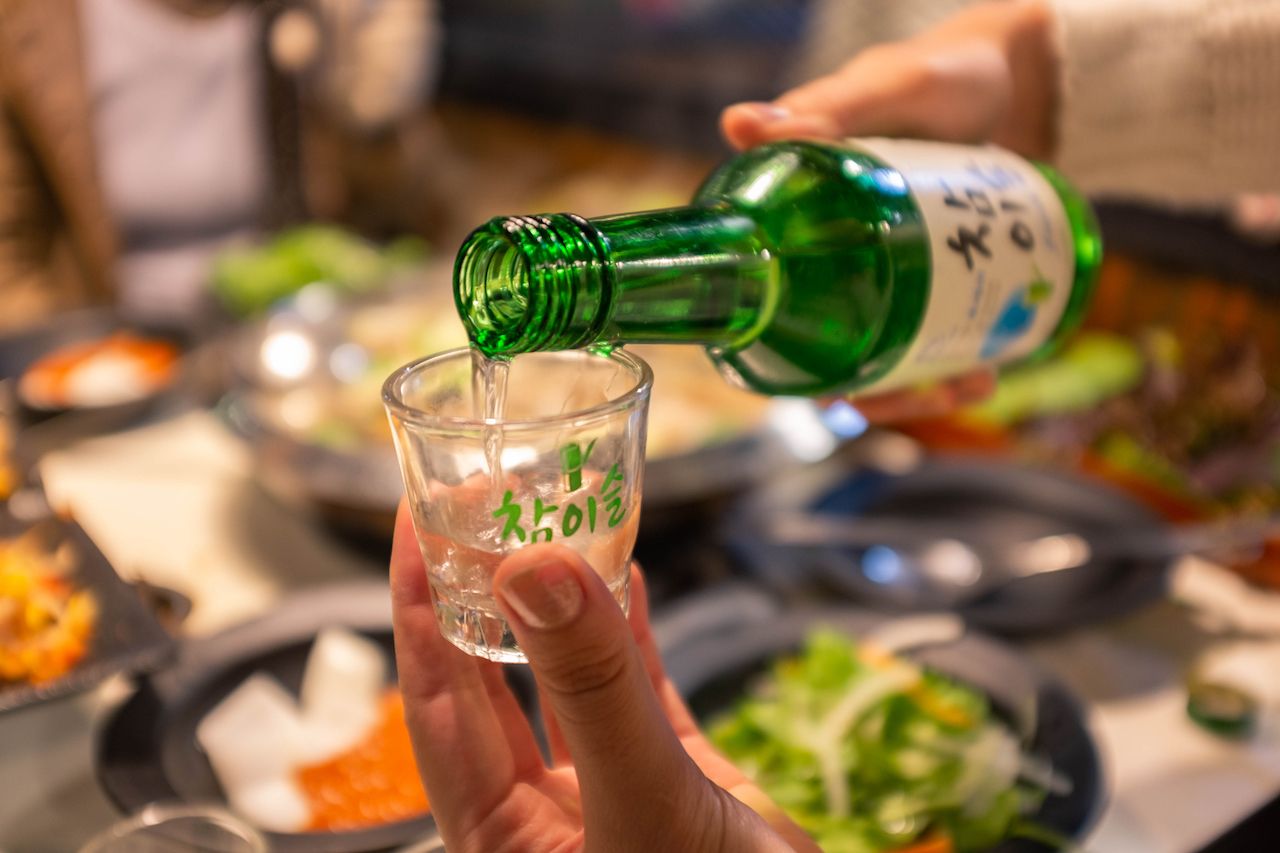Korean food is growing in popularity in the West. Kimchi is being integrated into burgers, fries, nachos, and more. Korean barbecue is far from a foreign concept. But those foods are just the tip of the iceberg.
South Korea’s coast has countless fishing villages and fish markets brimming with sea urchins, conchs, abalone, octopods, and gaebul (a type of marine worm). Seafood and seafood products like fish sauce are incorporated into many Korean dishes, including soups, stir fry, fish cakes, and kimchi. Seaweed (kim or gim) is eaten almost daily in various forms. This sea-inspired cuisine tends to be on the salty side, and almost always has a spicy kick. If shellfish and crustacea are not your thing, don’t despair. Beef and pork are readily available.
Needless to say, there’s a lot of different foods to try. These are the need-to-know foods that will have you wondering about why you haven’t done a food tour through Korea yet.
